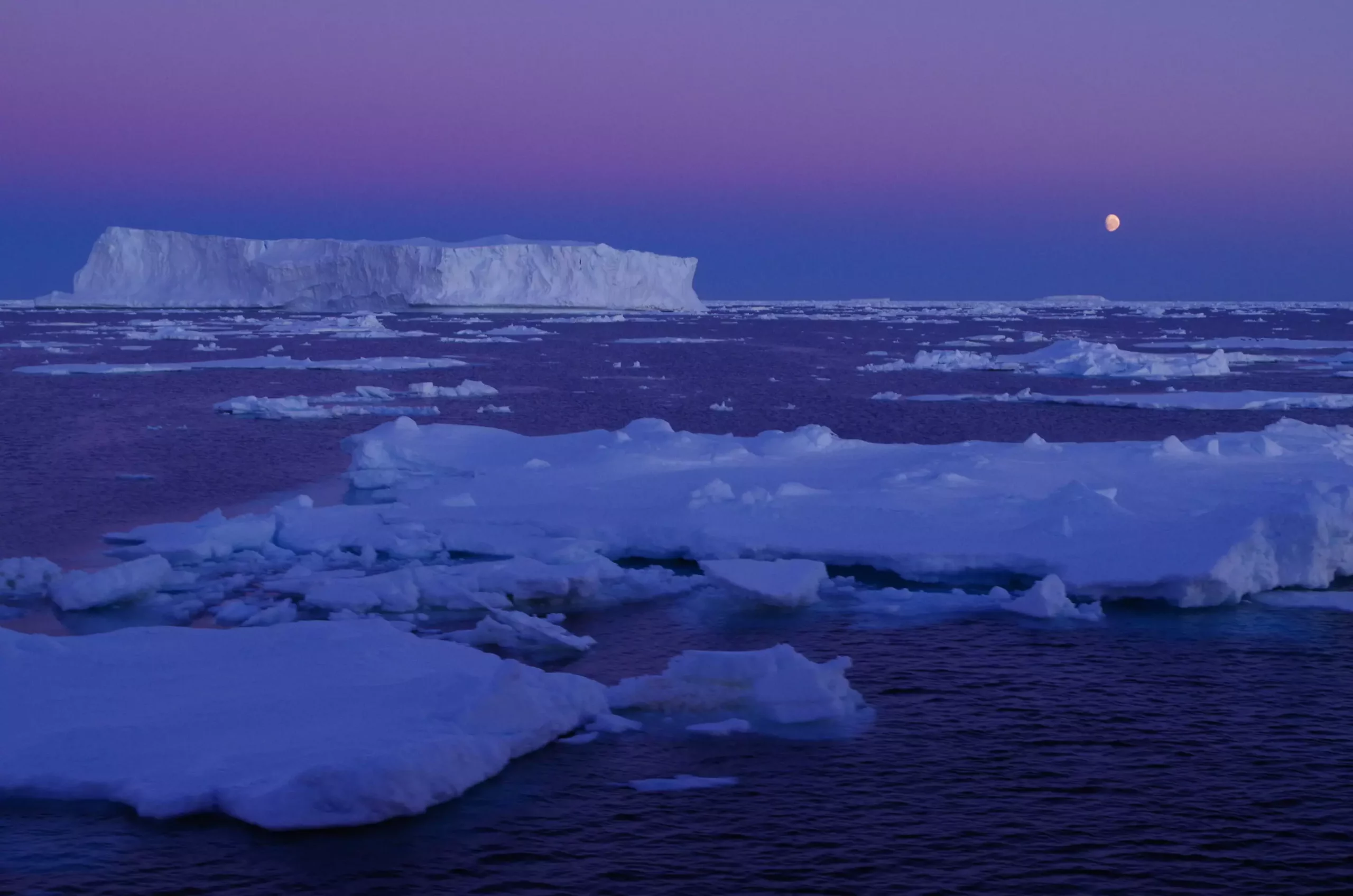Oceans play a pivotal role in regulating the Earth’s climate, acting as vast heat reservoirs that absorb excess energy generated by human activity. Recent studies show that over the past century, a staggering 90% of this excess energy has been trapped in the oceans. However, most of this warming has occurred in the upper 500 meters, while the deeper layers of the ocean have seen only minor temperature increases. This discrepancy highlights the relatively low ocean heat storage efficiency, quantified at about 0.1. Nonetheless, deeper ocean layers, as indicated by ancient ocean data, might experience heat warming that equals or surpasses surface temperatures over extended timeframes. This observation shifts the narrative and prompts investigation into the mechanisms underlying ocean heat absorption and their efficiencies.
Recent research featured in *Science Advances* by an international consortium of scientists from China and the United States has illuminated this subject, revealing substantial changes in ocean heat storage efficiency during significant climatic transitions, like the last deglaciation. Their sophisticated simulations and data reconstructions demonstrate that during this period, the ocean’s ability to store heat dramatically increased, with efficiency reaching levels greater than one. This indicates a strong warming trend in intermediate ocean waters, a pattern that sharply contrasts with today’s observations where heat accumulation is primarily seen in surface waters.
The researchers employed sensitivity experiments to delve deep into the reasons behind the enhanced heat absorption at intermediate depths. They discovered that warming in these mid-ocean layers correlates closely with surface temperature rises at mid-to-subpolar latitudes. Such warming results from enhanced ventilation triggered by greenhouse gas concentrations and ice sheet dynamics. This interplay is significantly augmented by oceanic circulation changes resulting from meltwater inputs, creating a multifaceted response to climatic forcing.
The altered warming patterns elucidated by this study unsettle previously held assumptions that the areas experiencing warming would predominantly be those regions where deep water formation is prevalent, particularly where sea ice limits heat exchange. The striking findings suggest a more complex ocean warming structure, one that allows for increased heat storage efficiency significantly.
For climate scientists, these insights carry considerable implications. Understanding that regions of substantial surface warming and adequate ventilation can promote greater ocean heat retention posits a potential mechanism to mitigate rates of atmospheric warming. If such conditions are replicated in future climate scenarios, the oceans may continue to act as buffers, delaying direct atmospheric impacts of climate change.
In sum, the research underscores the necessity of reassessing the role of the deeper ocean layers in climate dynamics and challenges conventional perspectives. The evolving narrative of ocean heat uptake could pave the way for more accurate climate models, ultimately enhancing our understanding of global warming’s impacts.


Leave a Reply